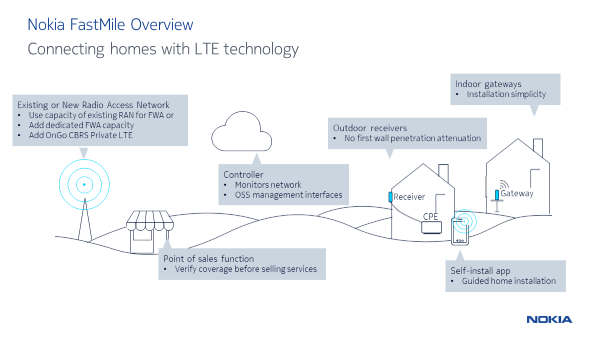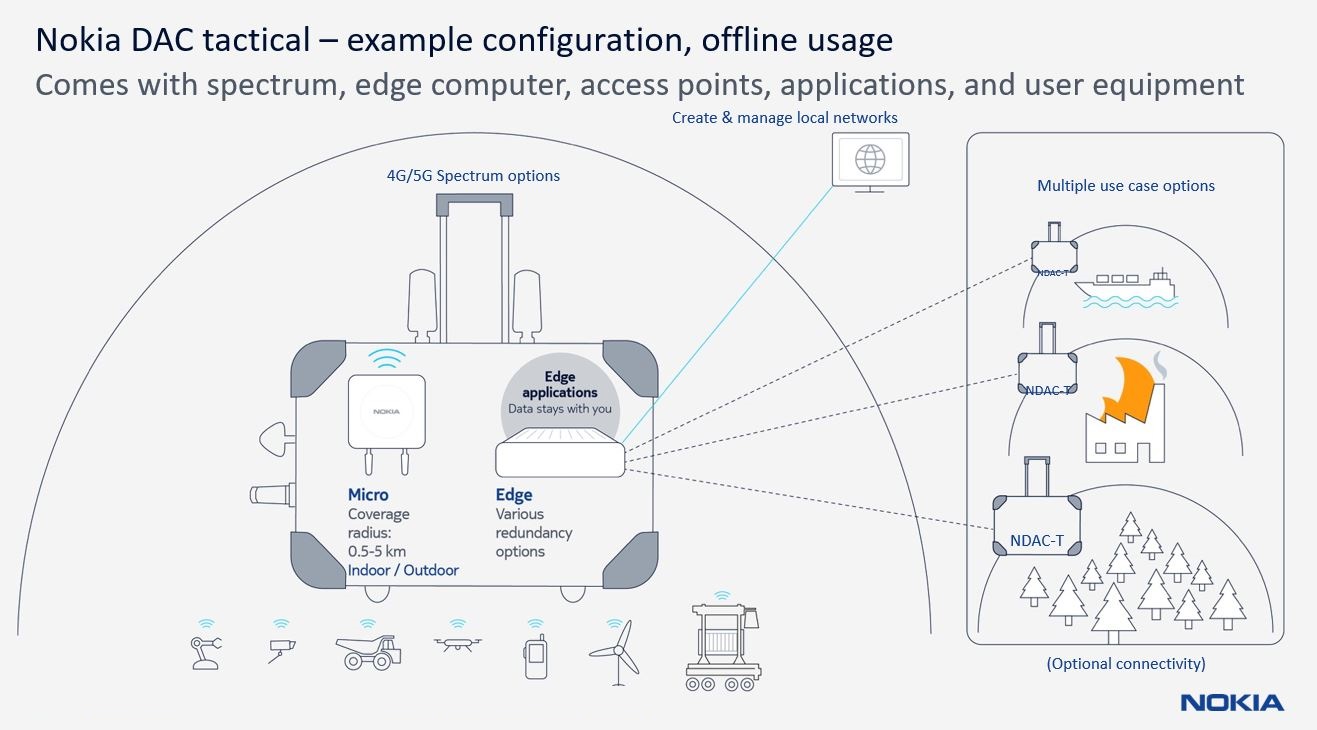
The COVID-19 pandemic has caused more than 38 states to issue shelter-in-place mandates that have forced school districts to implement “distance learning” in order to finish out the school year. It has become apparent that connectivity is the key to ensure learning continues, but unfortunately, not all children or school districts have the connectivity they need to get access to learning platforms.
Schools districts across the country are calling out for help from the government to assist them with funds to provide Internet access (ex. two California schools districts seek at least $500 per student to fund distance learning). Unfortunately, even with funding assistance some schools, especially those in rural areas, can’t turn to Wi-Fi as a solution.
To date, OnGo technology for education mostly focused on solutions inside of the classroom that allowed teachers and students to rely on fast wireless connectivity for a modernized connected education experience. Other use cases include secure LTE networks for digital record keeping and staff management and universities utilizing the high-speed wireless services throughout the campus and in the dorms to help keep and attract the best faculty and students.
However, OnGo technology has the power to make a difference during the time of social distancing by serving as a complement to existing wireless and wired services, leveraging the newly available 3.5 GHz CBRS spectrum band in the United States. OnGo provides uncompromised connectivity at a fraction of the cost that has historically been associated with LTE, which makes it a viable investment for schools that receive funding to help cope with the impact of COVID. OnGo networks deliver high quality connectivity using specialized small cells that deliver broader reach than Wi-Fi, while also overcoming interference challenges. The use of shared spectrum could mean that disadvantaged students such as low-income students, students with disabilities, foster students, homeless students and English-as-a-second language (ESL) learners, won’t lose a school year or won’t be behind track to graduate.
Following the implementation of shelter-in-place mandates across the country, we have seen an increase in demand and benefit for the following OnGo applications:
- Fixed Wireless Access: OnGo-powered, fixed wireless solutions provide reliable connectivity for video-based learning. Rather than depending on fiber connections, which might be unavailable pending student location, school districts can place local antennas, which can connect directly to in-home routers, to pick up radio waves transmitted by local cell towers.

- Private Wireless Networks: Due to its secure, predictable, wide-range connectivity, typical uses of private networks include large areas such as airports, factories, and stadiums. In fact, these qualities make OnGo-enabled private LTE an ideal opportunity for distance learning use cases. Private LTE networks leverage micro towers and small cells to replicate a larger, dedicated network. For example, Nokia’s Digital Automation Cloud tactical delivers a rapidly deployable, portable, private wireless network to deliver internet coverage in rural and remote locations.

COVID-19’s impact on life as we know it is undeniable. Still, a silver lining is that it is serving as a catalyst for schools to look for online alternatives such as OnGo, which can positively impact the future of education connectivity. ABI Research’s recent whitepaper, Taking Stock Of COVID-19, echoes this by saying that today’s necessities could lead to an increased desire and testbed for flexible and remote working and learning in the future.
To learn more about how OnGo can be used in the education landscape today and in the future, be sure to sign up for the CBRS Alliance Education webinar at 12pm CT on Thursday, June 18th. Click here to register.
